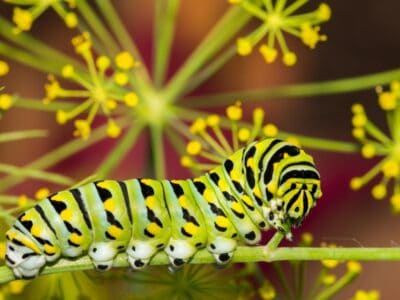Below you can find a complete list of Papuan animals. We currently track 122 animals in Indonesia (Papua) and are adding more every day!
Papua is a province of Indonesia, an island nation located just north of Australia. It shares the large island of New Guinea with the country of Papua New Guinea. Because of this proximity, many of the animals are similar. For example, Papua, Indonesia is home to many of the unique marsupials for which Australia is famous.
Papua, Indonesia is a diverse land of mountains, tropical rainforests, and coastlines. It is home to the rare and brightly plumed birds of paradise, human-sized cassowary birds, small kangaroos, deadly poisonous snakes, and many other creatures. Check out these cool facts.
The Official National Animal of Papua, Indonesia
The Komodo dragon – the world’s largest lizard – is the national animal of Indonesia. But Indonesia is a nation made up of many, many distinct islands. The Komodo dragon is unique to only four small islands within the country. Papua province is not one of them.
The national bird of Indonesia is the rare Javan hawk-eagle. It is a brown bird of prey with a barred black pattern to its feathers. It is found on the island of East Java but not within the province of Papua.
The animal of charm is the Asian Arowana. Also called the dragonfish, this long, slender fish is found throughout Indonesia’s islands. It is a popular aquarium fish around the world.
Where To Find The Top Wildlife in Papua, Indonesia
Many parts of Papua, Indonesia are protected in order to preserve the wildlife that lives there. Lorentz National Park has been called “the single most important reserve in New Guinea.”
Many parts of Papua, Indonesia are unmapped and unexplored. These areas, ranging from rocky to rainforests, are no doubt home to many types of wildlife. But the dangers of traveling there may preclude your wildlife viewing. If you really want to see the native wildlife, consider visiting the Port Moresby Nature Park or Adventure Park PNG in nearby Papua New Guinea. The native species highlighted in the park call both Papua New Guinea and Papua, Indonesia home.
You can also swim or scuba dive to see aquatic wildlife. Cenderawasih Bay National Park is a popular location for this. There, you may even be able to swim with a whale shark, the largest fish in the world!
The Most Dangerous Animals in Papua, Indonesia Today
Venomous snakes such as the Papuan black snake pose the biggest risk. Hikers, farmers, and others trekking through the rainforest may be bitten before they even know the snake is there. If not treated with antivenin, the victim experiences paralysis and death within a day or less.
Endangered Animals In Papua, Indonesia
Because their habitat is limited to just one island, many of Papua, Indonesia’s animals are endangered of becoming extinct. Several birds of paradise and tree kangaroo species are rare and notably endangered. Because the terrain is rugged and remote, the exact status of many other birds, insects, and mammals is unknown.
Papuan Animals

Ant
First evolved 100 million years ago!
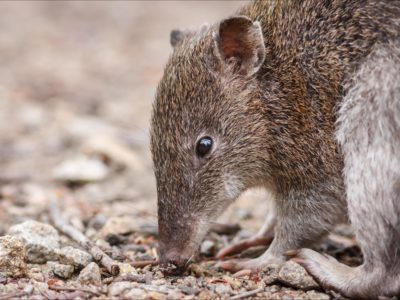
Bandicoot
Bandicoot Many species are endangered or extinct!

Barn Owl
Found everywhere around the world!

Bat
Detects prey using echolocation!

Bed Bugs
Bed bugs feed for 4-12 minutes.

Bee
Rock paintings of bees date back 15,000 years

Beetle
There are more than 350,000 different species

Bird
Not all birds are able to fly!
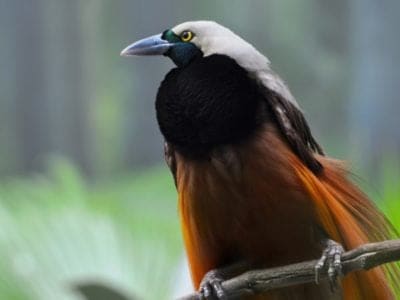
Bird Of Paradise
There are around 50 different species!

Black Widow Spider
They typically prey on insects!
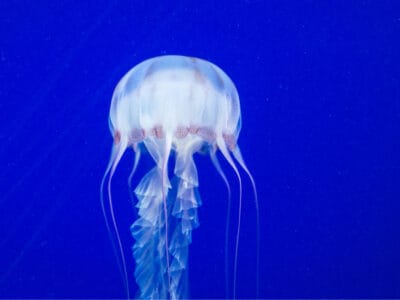
Box Jellyfish
Venomous marine animals

Butterfly
There are thought to be up 17,500 species!

Camel Cricket
The camel crickets that are found in the USA are light brown in color. They also have dark streaks all over their body.
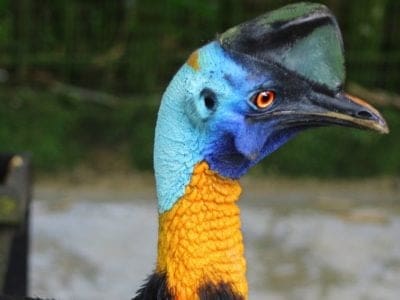
Cassowary
Can reach speeds of 30 mph!

Cat
May have been domesticated up to 10,000 years ago.

Caterpillar
The larvae of a moth or butterfly!

Catfish
There are nearly 3,000 different species!

Centipede
There are about 3,000 documented species!

Chicken
First domesticated more than 10,000 years ago!
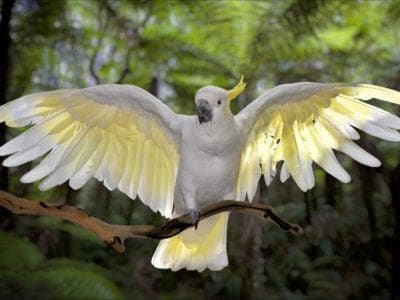
Cockatoo
Highly social, smart, and chatty bird.

Cockroach
Dated to be around 300 million years old!

Common House Spider
House spiders have the ability to eat most insects in a home.
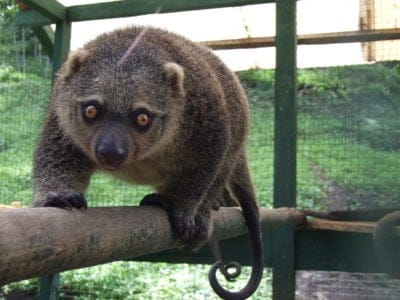
Common Spotted Cuscus
Has a long, strong prehensile tail!

Cormorant
They can fly 35 mph and dive 150 feet below water.

Cow
There are nearly 1.5 billion worldwide!

Crab
There are 93 different crab groups

Crab Spider
Crab Spiders can mimic ants or bird droppings
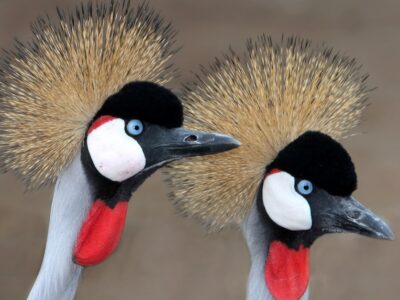
Crane
Many are critically endangered species!

Cricket
Male crickets can produce sounds by rubbing their wings together
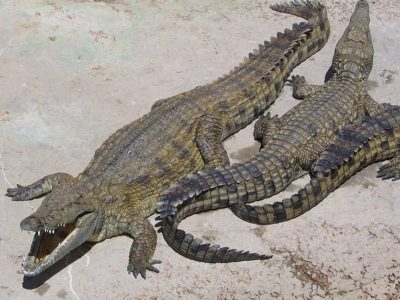
Crocodile
Have changed little in 200 million years!
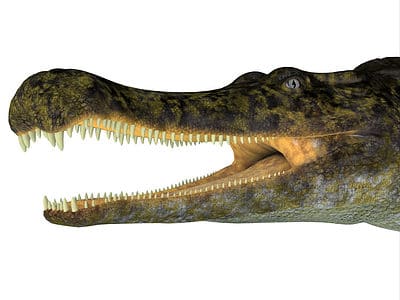
Crocodylomorph
Crocodylomorphs include extinct ancient species as well as 26 living species today.

Dog
First domesticated in South-East Asia!

Donkey
First domesticated 5,000 years ago!

Dragonfly
It's larvae are carnivorous!

Duck
Rows of tiny plates line their teeth!

Dung Beetle
The dung beetle can push objects many times its own weight

Earthworm
They are hermaphrodites, which means they have male and female organs

Earwig
There are nearly 2,000 different species!
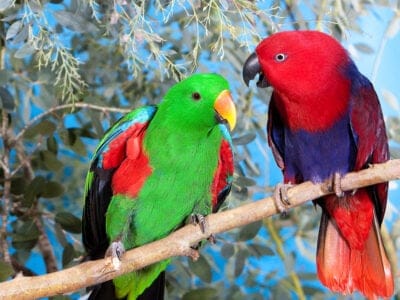
Eclectus Parrot
Does not squawk like other parrot species.

Eel
Eels can be a mere few inches long to 13 feet!
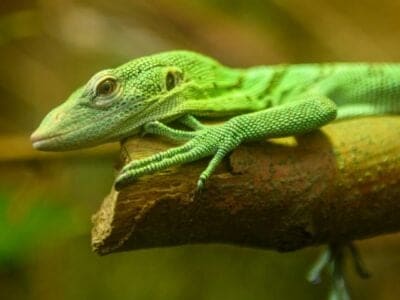
Emerald Tree Monitor
They lay their eggs in termite nests!

Firefly
The firefly produces some of the most efficient light in the world

Flea
Adult fleas can jump up to 7 inches in the air

Fly
There are more than 240,000 different species!
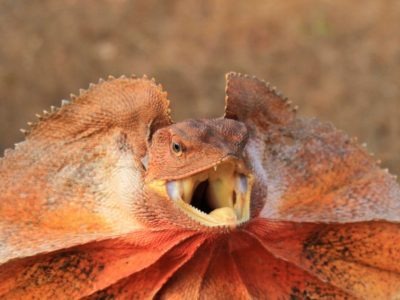
Frilled Lizard
Mainly lives in the trees!

Frog
There are around 7,000 different species!

Fruit Fly
Fruit flies are among the most common research animals in the world
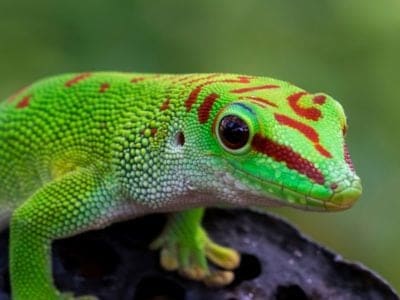
Gecko
There are thought to be over 2,000 species!

Glowworm
Found inhabiting dense woodland and caves!

Grasshopper
There are 11,000 known species!

Hamster
Able to run as quickly backwards as forwards!

Hawk Moth Caterpillar
Many hawk moth caterpillars eat toxins from plants, but don’t sequester them the way milkweed butterflies do. Most toxins are excreted.

Heron
Inhabits wetlands around the world!
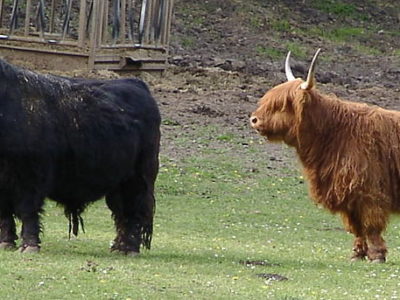
Highland Cattle
Natively found in the Scottish Highlands!

Honey Bee
There are only 8 recognized species!
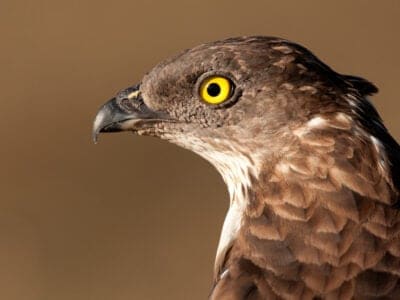
Honey Buzzard
Honey buzzards are medium-sized raptors that earned their names by raiding the nests of bees and wasps.

Horse
Has evolved over 50 million years!

Horsefly
Horseflies have been seen performing Immelmann turns, much like fighter jets.

Housefly
The fly has no teeth

Human
Thought to have orignated 200,000 years ago!

Huntsman Spider
Some huntsman spiders have an interesting way of moving around. Some cartwheel while others do handsprings or backflips.
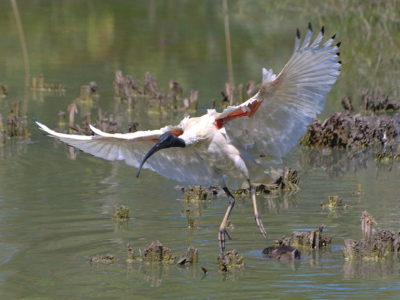
Ibis
Found in swamps, marshes and wetlands!

Insects
There are an estimated 30 million species!

Ladybug
There are more than 5,000 species worldwide!

Lizard
There are around 5,000 different species!
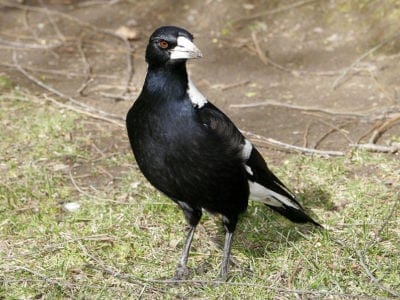
Magpie
They are found across Europe, Asia and Africa!
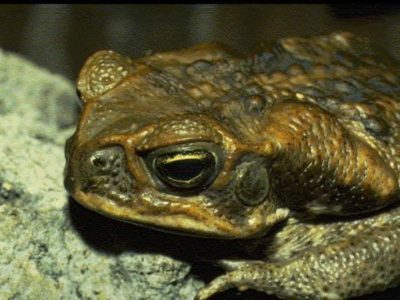
Marine Toad
Produces a toxin used in arrow darts!

Mayfly
There are 2,500 known species worldwide!

Mealybug
They have a symbiotic relationship with ants.

Millipede
Some species have a poisonous bite!

Mongrel
Has characteristics of two or more breeds!
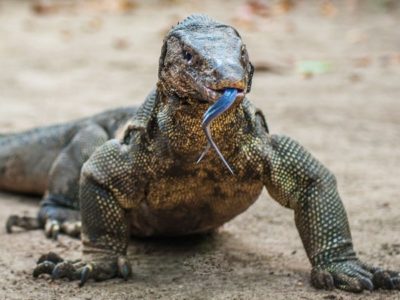
Monitor Lizard
Some species are thought to carry a weak venom!
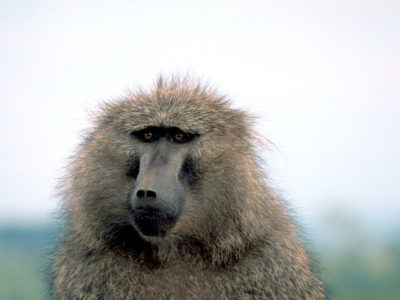
Monkey
There are around 260 known species!

Moorhen
Feeds on aquatic insects and water-spiders!

Moth
There are 250,000 different species!

Mouse
Found on every continent on Earth!

Nematode
Nematodes range in size from 1/10 of an inch to 28 feet long

Orb Weaver
Females are about four times the size of males

Otter
There are 13 different species worldwide

Owl
The owl can rotate its head some 270 degrees
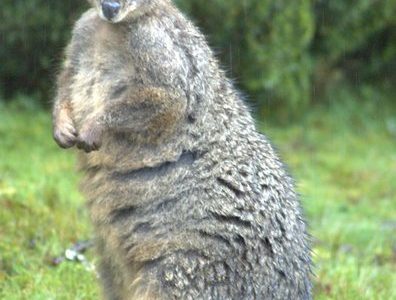
Pademelon
Inhabits the jungles of the far east!
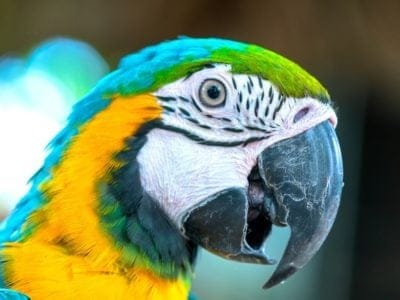
Parrot
Can live for up to 100 years!

Pheasant
Females lay between 8 and 12 eggs per clutch!
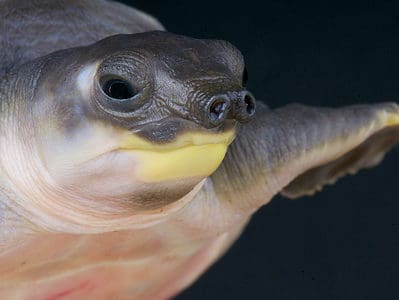
Pig-Nosed Turtle
Their family lineage dates back 140 million years
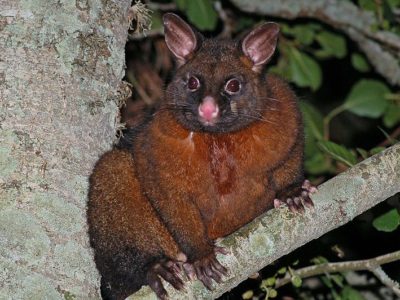
Possum
There are 69 species on the Australian continent!

Quail
Inhabits woodland and forest areas worldwide!
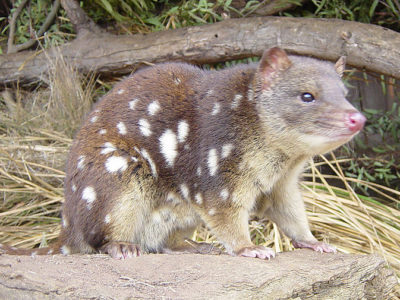
Quoll
Found across Australia and Papua New Guinea!

Rat
Omnivores that eat anything!

River Turtle
Inhabits freshwater habitats around the world!

Robin
There are more than 45 species in Australia alone!

Rodents
The capybara, the world’s largest rodent, likes to be in and around bodies of water. Because of this, the Catholic Church in South America decided that it was a fish, and people were allowed to eat it during Lent and First Fridays.

Rooster
Will mate with the entire flock!

Scorpion
There are around 2,000 known species!
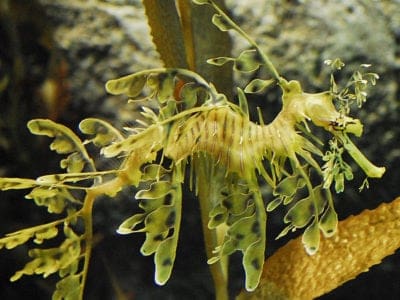
Sea Dragon
Inhabits tropical coastal waters of Australia!

Sea Eagle
The sea eagle tends to mate for life with a single partner

Seahorse
Males give birth to up to 1,000 offspring!

Sheep
Around 35 million in the English countryside!

Shrimp
There are 2,000 different species worldwide!

Smokybrown Cockroach
Has up to 45 eggs per egg case

Snail
There are nearly 1,000 different species!

Snake
There are around 4,000 known species worldwide

Sparrow
There are 140 different species!

Stick Insect
There are more than 3,000 different species!
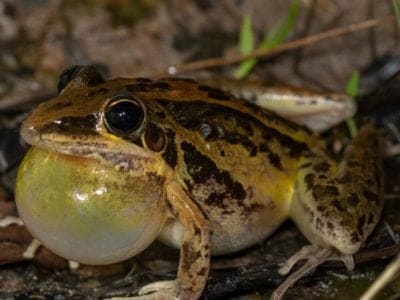
Striped Rocket Frog
Long powerful hind legs!

Swan
Populations have been affected by pollution!
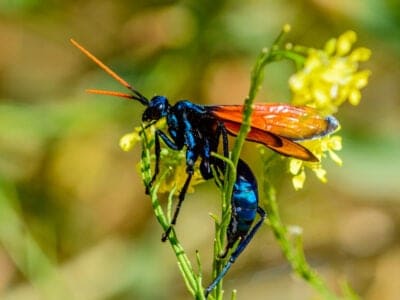
Tarantula Hawk
Tarantula hawks are excellent pollinators, especially for milkweed.
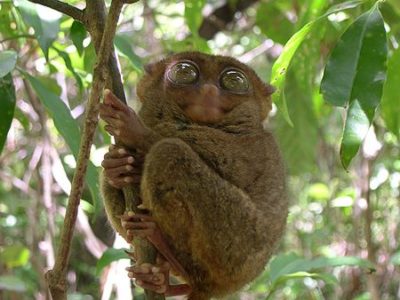
Tarsier
Each eye weighs more than their whole brain!

Termite
Their mounds can be up to 9 meters tall!

Tiger Beetle
The adult tiger beetle is one of the fastest land insects in the world

Tortoise
Can live until they are more than 150 years old!

Turtles
Some species of aquatic turtles can get up to 70 percent of their oxygen through their butt.
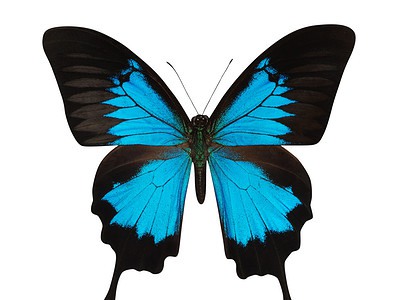
Ulysses Butterfly
Ulysses butterflies have come back from endangered status to just "threatened."
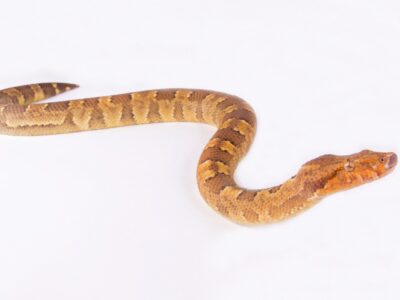
Viper Boa
These boas aren't really vipers, they're nonvenomous constrictors that look like vipers.
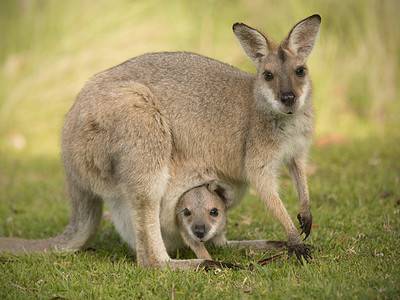
Wallaby
There are roughly 30 different species!

Wasp
There are around 75,000 recognised species!
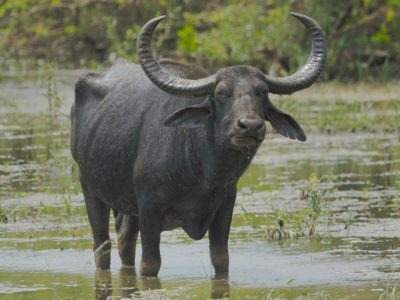
Water Buffalo
Has been domesticated for thousands of years!
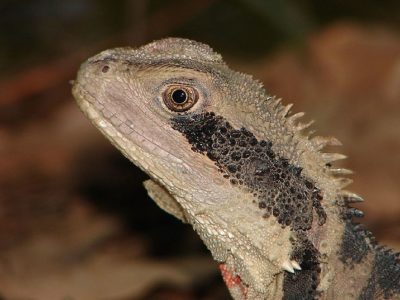
Water Dragon
Spends most of it's time in the trees!

Wolf Spider
Carnivorous arachnid that hunts its prey.

Woodlouse
This animal can roll up into a ball
Papuan Animals List
- Ant
- Bandicoot
- Barn Owl
- Bat
- Bed Bugs
- Bee
- Beetle
- Bird
- Bird Of Paradise
- Black Widow Spider
- Box Jellyfish
- Butterfly
- Camel Cricket
- Cassowary
- Cat
- Caterpillar
- Catfish
- Centipede
- Chicken
- Cockatoo
- Cockroach
- Common House Spider
- Common Spotted Cuscus
- Cormorant
- Cow
- Crab
- Crab Spider
- Crane
- Cricket
- Crocodile
- Crocodylomorph
- Cuckoo
- Dog
- Donkey
- Dragonfly
- Duck
- Dung Beetle
- Earthworm
- Earwig
- Eclectus Parrot
- Eel
- Emerald Tree Monitor
- Firefly
- Flea
- Fly
- Frilled Lizard
- Frog
- Fruit Fly
- Gecko
- Glowworm
- Grasshopper
- Hamster
- Hawk Moth Caterpillar
- Heron
- Highland Cattle
- Honey Bee
- Honey Buzzard
- Horse
- Horsefly
- Housefly
- Human
- Huntsman Spider
- Ibis
- Insects
- Ladybug
- Lizard
- Magpie
- Marine Toad
- Mayfly
- Mealybug
- Millipede
- Mongrel
- Monitor Lizard
- Monkey
- Moorhen
- Moth
- Mouse
- Nematode
- Orb Weaver
- Otter
- Owl
- Pademelon
- Parrot
- Pheasant
- Pig-Nosed Turtle
- Possum
- Quail
- Quoll
- Rat
- River Turtle
- Robin
- Rodents
- Rooster
- Scorpion
- Sea Dragon
- Sea Eagle
- Seahorse
- Sheep
- Shrimp
- Smokybrown Cockroach
- Snail
- Snake
- Sparrow
- Stick Insect
- Striped Rocket Frog
- Swallowtail Butterfly
- Swallowtail Caterpillar
- Swan
- Tarantula Hawk
- Tarsier
- Termite
- Tiger Beetle
- Tortoise
- Turtles
- Ulysses Butterfly
- Viper Boa
- Wallaby
- Wasp
- Water Buffalo
- Water Dragon
- Wolf Spider
- Woodlouse
Animals in Indonesia (Papua) FAQs (Frequently Asked Questions)
What Type of Animals Are in Papua, Indonesia?
Papua, Indonesia is home to representatives of all the major animal groups – mammals, birds, reptiles, fish, amphibians, and insects in abundance. Let’s look at some facts in more detail.
Marsupials are a special group of mammals that carry their young in pouches. Papua, Indonesia is home to marsupials including wallabies, possums, cuscuses, and tree kangaroos. One especially bizarre mammal is the echidna. The echidna is one of the very, very few animals that lay eggs. Egg-laying mammals are called monotremes.
Papua, Indonesia is also home to flying mammals – bats. Enormous fruit bats take to the skies by the thousands. There are also a number of rodents. Humans introduced mammals such as rats, pigs, and the New Guinea singing dog, a relative of the Australian dingo once thought to be extinct.
The region is known for its colorful birds, including the many varieties of birds of paradise. The forests are also home to cassowaries, parrots, and cockatoos.
Wetlands and coastal regions are home to different types of animals, including saltwater and freshwater crocodiles. Osprey, pelicans, and other birds of prey hunt freshwater and saltwater fish.
The world’s longest lizard, the Papua monitor, also lives in the province, as well as some of the largest butterflies in the world.
What is the Most Dangerous Animal in Papua, Indonesia?
Papua, Indonesia, is home to a number of deadly venomous snakes, including the eastern brown snake and Papuan black snake. In fact, victims of the latter experience paralysis within a few hours of being bitten.
Another dangerous animal of the region is the cassowary. This large, flightless bird can use its claws to injure or kill a human, although such encounters are rare. Its behaviors were the inspiration for the deadly velociraptors in the film Jurassic Park.
What Is the National Animal of Papua, Indonesia?
The Komodo dragon and Javan hawk-eagle are the national animal and bird of Indonesia. However, it is a fact that neither of these animals calls the province of Papua home.
What Is the Rarest Animal in Papua, Indonesia?
The region’s rarest animal turns out to be a male leaf insect. For years, only females of the species were collected. Finally, a researcher hatched leaf insect eggs in captivity and made a fantastic discovery – the male was a stick insect long thought to be of a different species! Now, researchers can study the two insects in tandem, knowing that they are one species although they look very different (and are very difficult to find in the jungle).
Researchers have also sought the “New Guinea flyer,” a unique animal sometimes spotted in the remote mountains. Its identity remains unknown; some think it is just a sighting of a flying fox bat, while others think it may be a flying reptile thought to be extinct.





